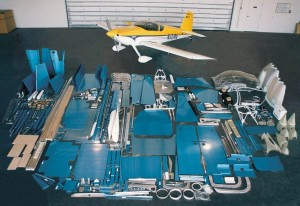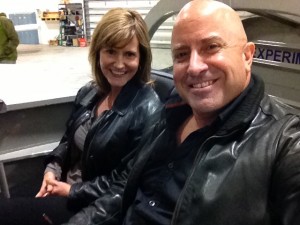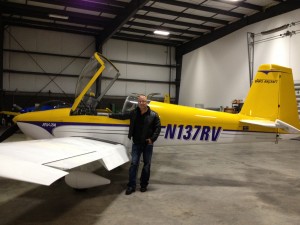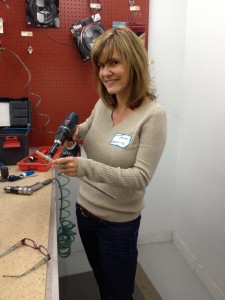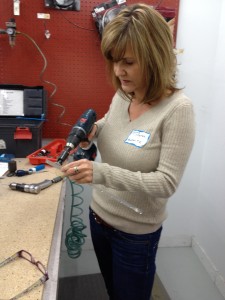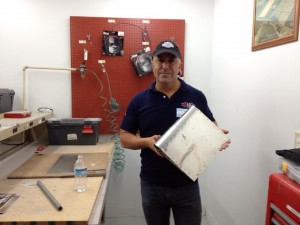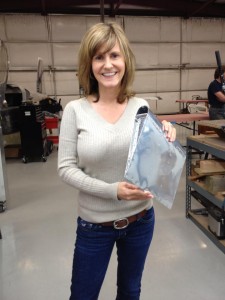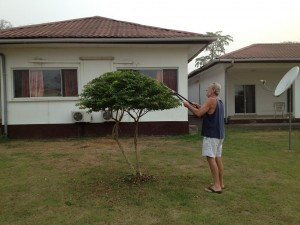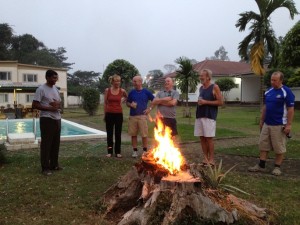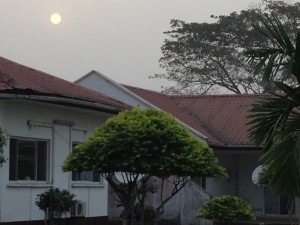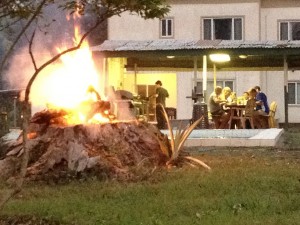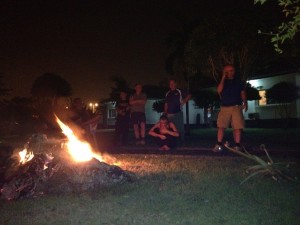What’s Wrong With The Fermi Paradox
In a 1950 discussion with colleagues on the subject of the potential existence of extraterrestrial life, famed physicist Enrico Fermi asked, “Where are they?” Uttering those three words, Fermi forever tied his name to the issue as it came to be known as the Fermi Paradox.
His question is reasonable.
The Fermi Paradox lies in the contradiction between high estimates of the potential numbers of extraterrestrial civilizations, and the lack of evidence for or contact with said civilizations.
Considering the billions of years of galactic history predating humanity’s arrival and taking Earth’s life-development timeline as average, the age of the universe and its vast number of stars suggests extraterrestrial life should be common. Even using conservative numbers for the percentage of stars with planets and the percentage of those that will host life and so on, the number of technological galactic civilizations could easily be in the millions.
So, withstanding the multitude of UFO sightings, where’s the hard evidence that would surely be visible in the form of spacecraft or probes if the galaxy teamed with life.
There are several gaps in this logic, one being that all UFO sightings are either hoaxes or misidentified natural phenomenon. The US Air Force’s Project Blue Book found a small percentage “inexplicable by contemporary technology.” If even one sighting were real, the paradox evaporates.
However, for argument’s sake, let’s say every UFO sighting in history has been terrestrial in origin. What are the other holes in the argument?
One is the Zoo Hypothesis. Essentially it postulates that earth-space is a sanctuary. Much like a wildlife refuge, it is to be left unmolested and unaltered by external cultures and technologies, allowed to develop on its own course and of its own volition. Under this hypothesis, alien ships could be observing us now. As long as they remain undetected, they could pursue their anthropologic aspirations utilizing their advanced technology.
Fermi’s paradox evaporates at the very idea that aliens could inhabit local space undetected by our current technology.
Undetectable spaceships? Sounds like paranoid conspiracy theorist fodder. Maybe not when you consider how close we are to realizing that ability.
Humans, barely a century from our first forays into the air and mere decades since first breaching our atmosphere into local space, are already pondering invisibility cloaks rendered through the employment of metamaterials. While that century’s hundred years seems like a long time on a human timescale, it is less than a blink of the eye on a geologic timescale, even less on an astronomic timescale.
Another paradoxical hole arises when we review the assumption that we would see an uncloaked ship.
Most of us grew up in the space and information ages. We believe we know what’s out there and surely must know what is in our solar system. In this time-lapse computer animation produced by Scott Manley, we humans look like cavemen shining our light of discovery upon our solar neighborhood. Watch the video. You’ll be amazed at how little we knew about our solar neighborhood a few years ago, much less in Fermi’s time.
The rendered asteroids are mostly 100 meters or larger. By the end of the animation, there are roughly half a million asteroids. Current scientific estimates place the number of asteroids 100 meters or larger at half a billion. That’s billion with a B. Meaning there are a thousand times more football-field-sized asteroids than have been found to date.
In other words, in 2014 scientists believe roughly 499.5 million sports-arena-sized asteroids remain undiscovered in our neck of the solar system.
In that light, how much water does Fermi’s 1950 assertion hold. Even 64 years later, we can’t say there aren’t (potentially cloaked and potentially smaller than a football field) alien ships visiting.
All things considered, it doesn’t seem like much of a paradox.




